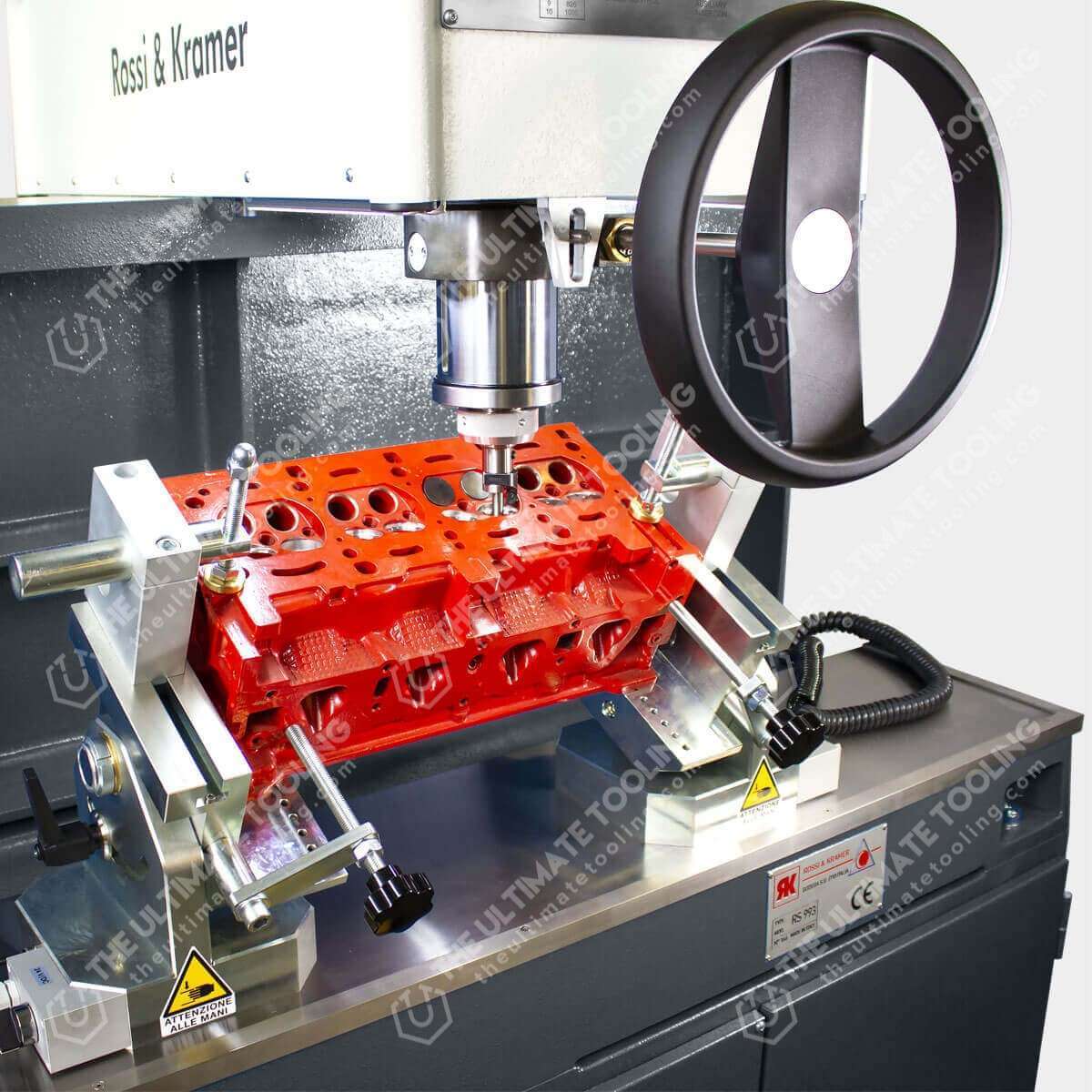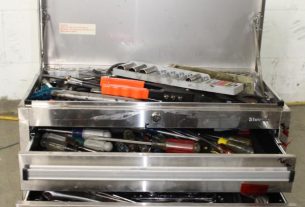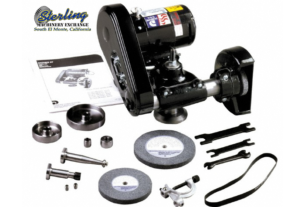Are you looking for the right valve seat cutting tool to optimize your engine’s performance? Look no further than this guide, which will provide you with an overview of what a valve seat cutting tool is, how it works, and what factors to consider when selecting one.
What Is a Valve Seat Cutting Tool?
A valve seat cutting tool is a device that is used to cut or grind the valve seats in an engine cylinder head. The valve seat is the surface on which the intake and exhaust valves rest when they are closed. Over time, this surface can become worn or damaged, affecting the engine’s performance.
Why Use a Valve Seat Cutting Tool?
Using a valve seat cutting tool can help restore the engine’s performance by reshaping or recutting the valve seats. This process helps to ensure that the valves seal properly, which improves combustion efficiency and reduces emissions.
Types of Valve Seat Cutting Tools
There are several types of valve seat cutting tools available on the market today. Here are some of the most common options:
1. Hand-held Valve Seat Cutters – These are portable tools that allow you to manually cut or grind the valve seats. They are often used for smaller engines and DIY projects.
2. Power-driven Valve Seat Cutters – These tools use electric or pneumatic power to cut or grind the valve seats quickly and efficiently. They are ideal for larger engines and professional mechanics.
3. Solid Carbide Valve Seat Cutters – These cutters are made from solid carbide material, which makes them durable and long-lasting. They are often used for high-performance engines.
4. Diamond Valve Seat Cutters – These cutters use diamond-coated blades to cut or grind the valve seats. They offer superior precision and accuracy compared to other types of cutting tools.
Factors to Consider When Choosing a Valve Seat Cutting Tool
When selecting a valve seat cutting tool, there are several factors to consider. Here are some of the most important things to keep in mind:
1. Engine Size – The size of your engine will determine the type and size of valve seat cutter you need. Larger engines require more powerful cutters, while smaller engines can be serviced with hand-held tools.
2. Material Type – The material of your cylinder head will also play a role in selecting the right valve seat cutter. Different materials may require different types of cutting tools or abrasives.
3. Valve Angle – The angle of your valves will affect the angle of the valve seat cut. Make sure to select a cutter that matches the angle of your valves for optimal performance.
4. Budget – Valve seat cutting tools can vary widely in price, so it’s important to set a budget before making a purchase. Consider the cost-effectiveness and durability of each tool before making a final decision.
Conclusion
In summary, choosing the right valve seat cutting tool is essential for maintaining and optimizing your engine’s performance. By considering factors such as engine size, material type, valve angle, and budget, you can select the best tool for your specific needs. Whether you’re a DIY enthusiast or a professional mechanic, investing in a quality valve seat cutting tool is well worth it in the long run.
References:
Valve Seat Cutters: A Comprehensive Guide (Viper Performance)
How to Use a Valve Seat Cutter (It Still Runs)
Valve Seat Cutting Tools (Goodson Tools & Supplies)




